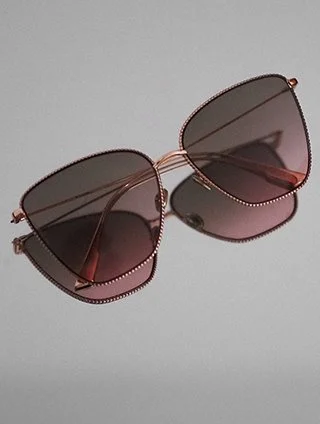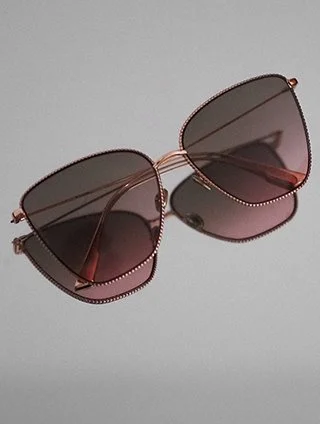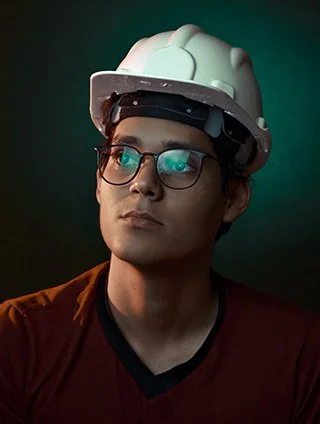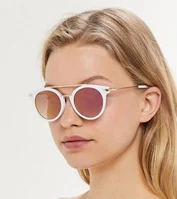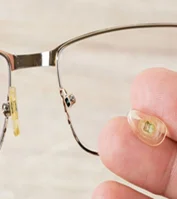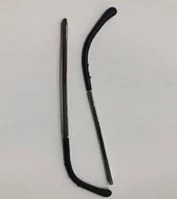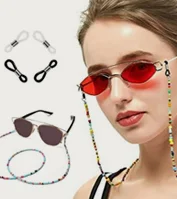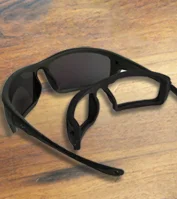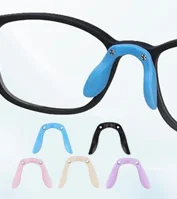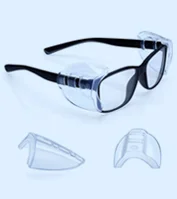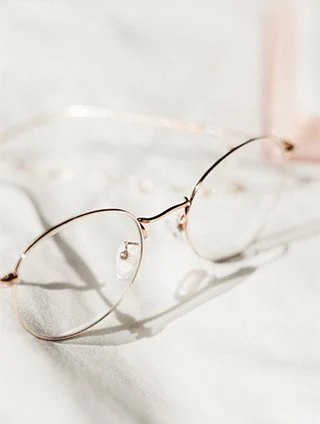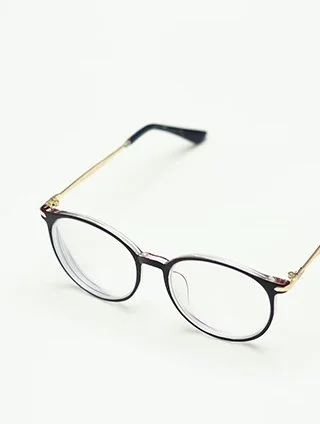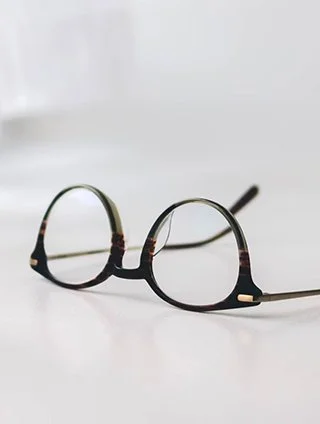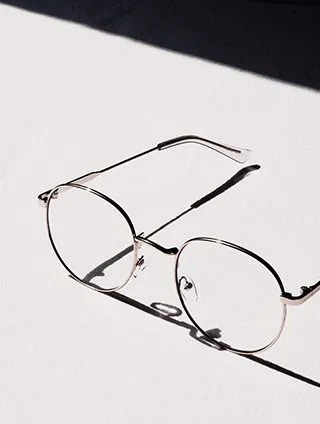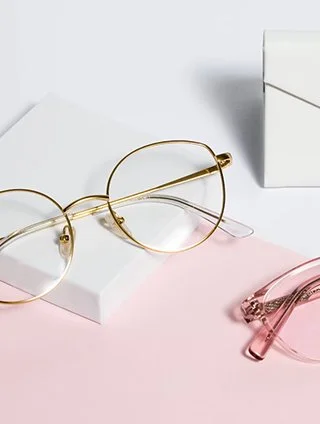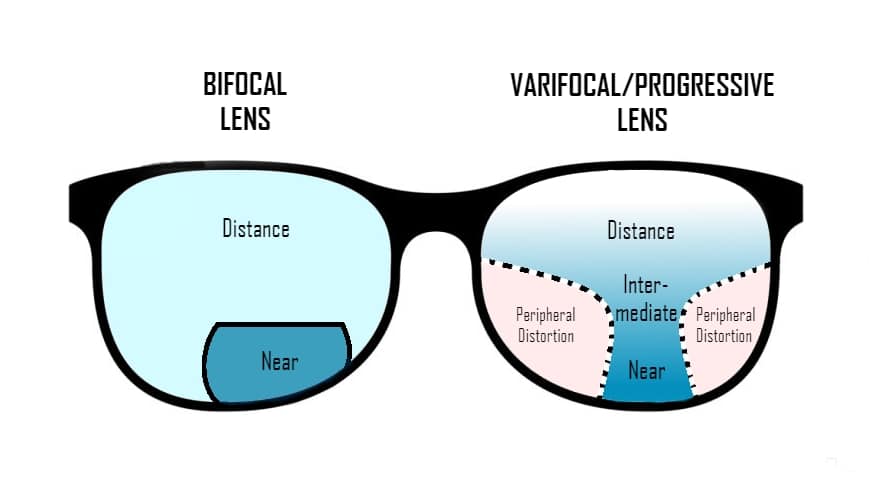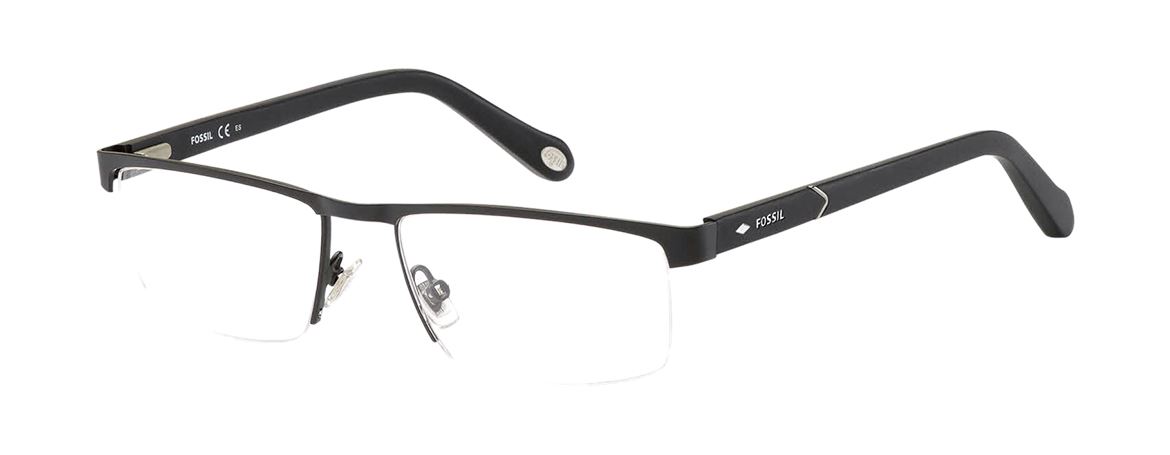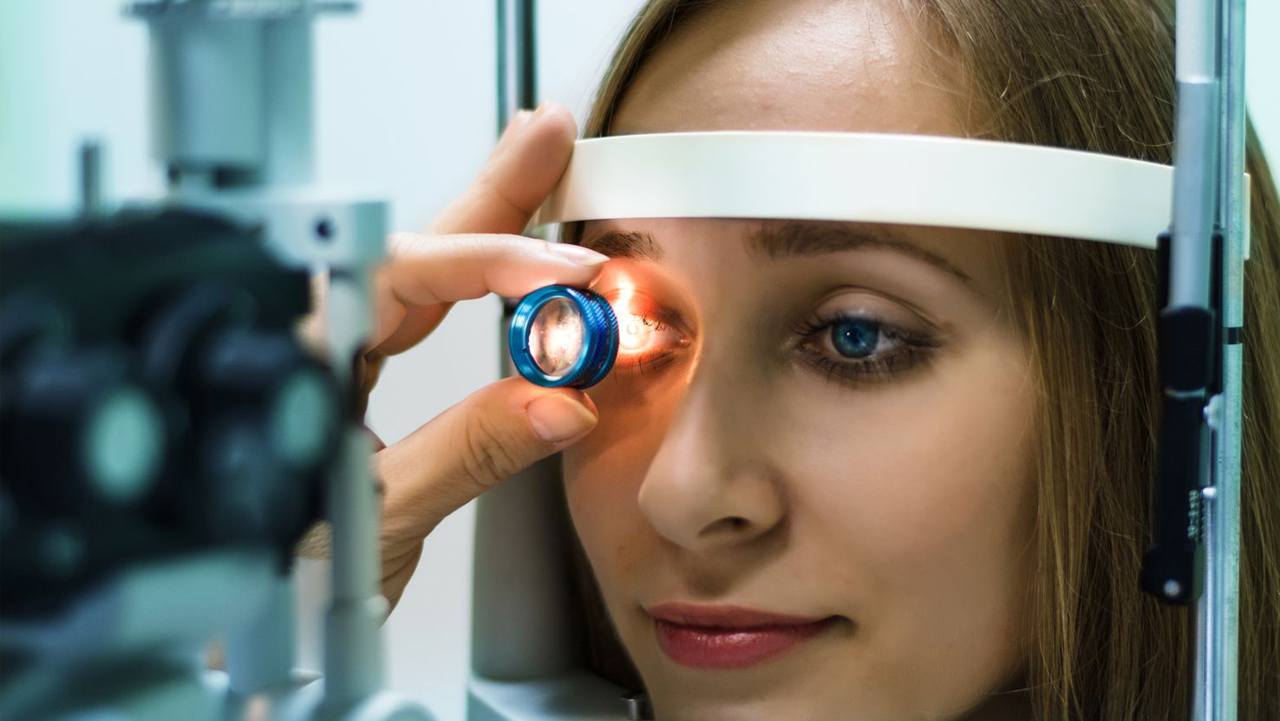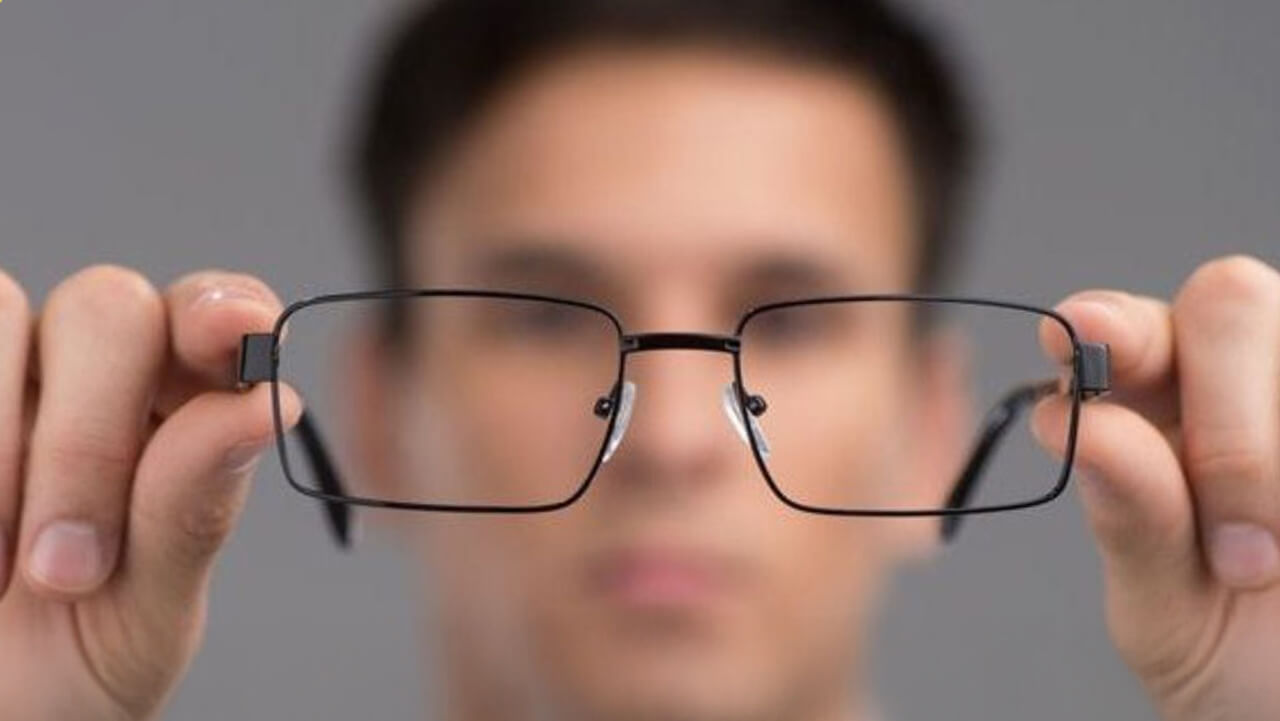With so many options available, choosing the perfect pair of glasses can be intimidating. To accommodate varying demands and tastes, the eyeglasses business, however, is always developing and releasing new and enhanced lenses. For people who require various prescriptions, bifocal and progressive lenses are two popular lens alternatives. Although they have similar functions, the designs and features of the two lenses are very different.
Your unique vision demands will determine which glasses are best for you. If you use glasses for computer use or reading, Lacoste eyeglasses with bifocal lenses can be the best option. Progressive lenses might be a better choice if you require glasses to remedy a wider variety of vision problems. During an eye test, your optometrist can assist you in selecting the ideal glasses.
Bifocal Lenses
There have been binoculars for a long time. They have a visible line in the lens that divides the two distinct lens powers, and they cure both close and distant vision. They are perfect for individuals who require glasses for reading, computer screens, driving, or watching TV since the upper portion corrects distance vision while the lower portion corrects near vision.
Prescriptions for them are frequently given to those who have presbyopia, a caused by age refractive defect that causes a progressive loss of focus on close objects. Presbyopia can occur when combined with other refractive abnormalities, such as farsightedness or nearsightedness. Both visual issues can be resolved using bifocals.
Recognizing a Bifocal's Purpose
It is crucial to understand a bifocal's function to determine when one is required. A single lens with two distinct prescription strengths is called a bifocal. The lower part of the lens helps with near vision, usually for close-up tasks like reading, while the upper part is made for distance vision. People may enjoy smooth correction of vision for both kinds of visual tasks with this bifocal design, which eliminates the requirement to switch between various pairs of prescription glasses.
Presbyopia Due to Age and the Requirement for Bifocals
Presbyopia is a condition that mostly affects those who need bifocals because it normally develops with age. The gradual decrease of the eye's capacity to concentrate for near vision is referred to as presbyopia. The lack of flexibility in the eye's lens is the cause of this age-related alteration, which makes it harder to concentrate on close objects. Reading, utilizing digital devices, and seeing small text all become more challenging as a result.
Presbyopia typically causes people to start having serious problems with near vision at the beginning of their to mid-forties. At this point, a lot of people choose to use bifocals or other multifocal lenses so they can make up for their eyes' diminished ability to concentrate.
Different Bifocal Lens Types
There are numerous varieties of bifocal lenses, including:
- Flat-top: A little component that resembles a half-moon or the letter "D" is located on one side of a flat-top bifocal. "D." It is located close to the lower part of the lens on the inner side of the nose. Depending on their preferences, a patient may choose between a 25 mm and a 28 mm segment. At the upper part of the segment, there appears to be a significant line in the lens.
- Round Segment: A round bifocal lens has a bottom round portion that measures 22 or 24 mm. The purpose of this bifocal is to facilitate the wearer's accessibility to the reading area of the segment. The days of serving round portions are long gone.
- Blended: Blended bifocals were popular before the invention of no-line bifocals. Usually, they are made up of a spherical portion that blends in with the lens's surrounding edges. It is much less noticeable to the general public than a flat-top bifocal, yet is obvious to an experienced optician.
- Executive: A visible lens that extends the entire length of the lens completely divides the upper half and lower half of an executive bifocal. People who worked at desks and in offices frequently liked these bifocal lenses.
Benefits of Bifocal Lenses
Changing between near and distance vision is simple with bifocals since you just need to gaze through the relevant portion of the lens for the job at hand. In general, bifocals are less expensive than progressive lenses.
Progressive Lenses
Compared to bifocals, progressive lens design is more recent and sophisticated. With smooth transitions for varying vision requirements, these lenses give a gradual gradient in strength from the top to the bottom. There is no discernible border dividing the near and distant vision portions in progressive lenses. Rather, they accomplish a gradual change to correct distant, middle, and close vision in a single lens using a smart design. For people who require a variety of prescription strengths, such as those who have both presbyopia and another refractive problem, progressive lenses are perfect.
Progressive Lens Types
Here's a brief overview:
- If you're looking for inexpensive progressive lenses that work with most prescriptions, standard progressive lenses are great. If you choose tiny frames, one issue with these multifocal lenses is that they may reduce the area you can read in.
- If you want tiny frames like Fossil Fos 6084, short-corridor progressive lenses are ideal. Just remember that these types of lenses can take up less space for reading, so make your selections appropriately.
- If you use digital devices such as computers for several hours a day, computer progressive glasses are the best option. (Remember to inquire with your doctor about a Blue light filter as an additional add-on to shield your eyes from exposure to blue light!).
- If you want the best vision possible without worrying about the expense of your progressive lenses, premium progressive lenses are a great option. Sharp vision both up close and far away is something you can expect when you purchase this kind of progressive lens.
- Ground-view progressive lenses can be handy if you're an athlete who needs to look down frequently to stay on top of your game. Take advantage of distortion-free vision with these eyeglasses.
Fossil Fos 6084
Progressives Have Advantages over Bifocals and Trifocals
Progressives, as opposed to bifocals or trifocals, offer a more organic presbyopia correction. They are referred to as "multifocal" because the transition from far away to close up is smooth and includes an intermediate segment. This fulfils practically every visual necessity by offering a multitude of focal points. When driving, progressives allow you to glance up and see easily in the room or on the street. Through the intermediate part, you can also look forward to seeing your laptop or someone seated across the dinner table. You can comfortably see the fine print through the lens's bottom if you lower your eyes.
A vertical corridor passes the centre of the lens, and its placement will be determined by taking measurements to ensure that all powers are easily accessible. Additionally, progressives solve the "image jump" issue that bifocals cause. The sharp shift in strength caused by the lines on the corrective lenses gives the impression that the images are jumping as you look at close-to-distant objects. A more seamless and comfortable transition from far away to close and back is produced by progressives.
Progressive lenses—often referred to as "no-line bifocals"—are significantly more advanced and cutting-edge than their common term. The most recent and optimal iteration of these lenses offers presbyopic individuals the closest option to youthful, natural vision. Progressive lenses eliminate the typical bifocal line, which many people consider to be unsightly and a dead giveaway of ageing, and instead, offer a clear image of the world with a gentle focus adjustment from distant to close and all things in between. Except for cost, the top progressive lens brand outperforms traditional bifocal or trifocal lenses in almost every comparison. Progressive lenses are more expensive than bifocals but are also more advanced technologically.
The Adjustment to Progressive Lenses
It can require some time for you to adjust to your progressive lenses. Some wearers of progressive lenses may have headaches, hazy vision, and trouble balancing right after switching. It may take some time for you to get acclimated to your new lenses, which might be annoying at first. These are a few methods:
- Move the book when reading, not your head or eyes.
- Hold the object you are examining approximately eighteen inches away from yourself, and ensure that your eyes are seeing through the lower part of your Fossil prescription glasses.
- Talk to your doctor if, after a few weeks, your multifocal lenses are still irritating you.
- Avoid using your old and new glasses interchangeably. Your eyes must adjust to the new prescription lenses.
- When making the transition to progressive lenses, patience is key.
- Getting acclimated to them may take a few days or up to a few weeks. If, on the other hand, you detest bifocals, they are an excellent substitute.
How to Select the Proper Lenses to Use?
Your lifestyle, optical requirements, and personal preferences will all play a role in your decision between progressive and bifocal lenses. Consider a few things:
- Profession and interests: Progressive lenses are recommended if you work on a computer for extended periods or perform other tasks that call for visibility at intermediate distances. They offer smooth vision correction at different focus points. However, bifocals can be adequate if your primary needs for clear vision are for reading and far-sighted work.
- Comfort and adaptability: There is a learning curve for progressive lenses. As the prescription lens gradually transitions from far-to-near vision, you'll need some time to become used to the new vision. Progressive lenses might be a great choice if you're okay with this period of adaptation. Nonetheless, bifocals might be a better option for you if you'd rather have a straightforward solution with no waiting period.
- Budget: Expenses should always be taken into account while making decisions. In general, bifocal lenses are less costly than progressive lenses, making them a more cost-effective option if you're trying to cut costs on your designer prescription glasses.
- Preferences for aesthetics: Progressive lenses may be a better choice if you value aesthetics above all else and don't want the noticeable line created with bifocals. They are more aesthetically pleasing because they offer a seamless transition between several focal areas.
Why Should You Select Progressive Lenses From Eyeweb?
Your eyes can smoothly transition between powers because of the progressive lenses. You can get used to your glasses more quickly if you don't have the "jump" associated with bifocals or traditional trifocal lenses at all. Your glasses will be dependable and effective thanks to our extensive product testing. People select Eyeweb besides these clear benefits because of our:
Chic Frames
Our glasses are stylish and up-to-date, as well as comfy and useful for correcting your eyesight. Savour the hues and designs of the frames you adore when you feel your best. With anything from cat-eye Guess eyeglasses to traditional tortoiseshell patterns, we make it simple to express your individuality and improve your appearance.
Unobstructed Viewing Area
Our glasses are made to be unique, with incredibly clear and extra-wide viewing zones at the upper part of the lens. This feature makes it easier to see far away when driving or enjoying the view. You can perceive more clearly and comfortably than before as a result.
Blue Light-Blocking Filters
One factor that may exacerbate the signs of computer eye strain is the blue rays that LED screens generate. Among the symptoms are dry and tired eyes. You run the risk of developing computer vision syndrome (CVS) if you spend a lot of time staring at a computer or tablet screen without using a blue light filter. Headaches and impaired vision are among the most prevalent symptoms linked to CVS.
With the use of Eyeweb blue light filter Lenses, you may contribute to their prevention. Up to 63% of visible blue light is blocked from your eyes if you use a pair of our Kate Spade glasses with progressive lenses. You can avoid unpleasant symptoms like eye fatigue and neck pain with the aid of this protection.
Incredibly lightweight
Although lenses can be made from a variety of materials, polycarbonate is a versatile and inventive choice. Because they are made of incredibly lightweight plastic, you can use them all day without experiencing any discomfort, which is why we offer them here at Eyeweb. When working or reading, make sure your glasses fit well and enjoy wearing them. They will make you feel good as you travel or drive.
Customized Coatings for Improved Vision
For better eye care, our progressive glasses have specific coatings besides our blue light filtering technology. The anti-reflective coating on your lenses is made up of seven layers, which helps to minimize glare. Wearing Nike eyeglasses either indoors or outdoors should make you feel at ease and contribute to your safety.
Our Eyeweb progressive lenses come with UV coating besides anti-reflective coatings to help shield your lenses from dangerous UV rays. Your frames will endure even longer thanks to the coating's ability to repel moisture.
Progressive vs. Bifocal
There are three main distinctions between progressive and bifocal lenses. While bifocals just correct vision for 2 different fields of vision, progressive lenses offer clear vision at all distances. Progressive lenses offer seamless lens transitions and have no visible lines, which is a selling factor for many people. On the other hand, bifocals have a standard design with lines separating the fields of vision. From a budgetary perspective, progressive lenses are substantially more costly than standard bifocals. It might not be much more expensive, depending on the type of progressive lenses you choose.
Which Lens Is Best for You?
Bifocal and Progressive lenses are used to correct presbyopia, providing comfortable vision for those with multiple prescriptions. Progressive lenses effortlessly transition between near and distant prescriptions inside the lens. But with bifocal lenses, close and far vision are distinguished by a clear line.




